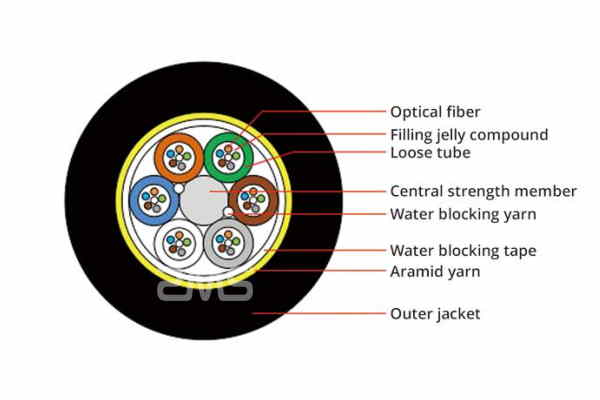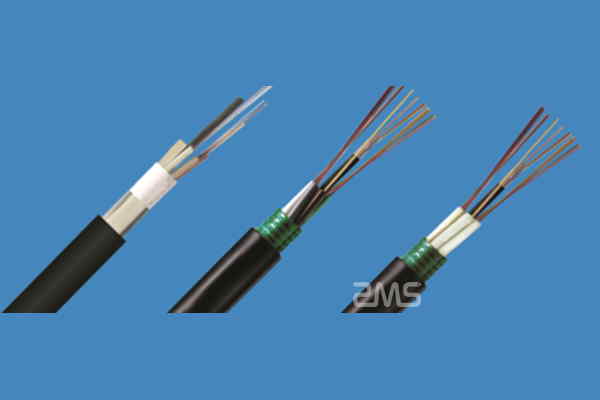ADSS stands for All-Dielectric Self-Supporting cable. It is a type of optical fiber cable that does not require any metallic support to hold its shape and maintain its position.
This makes it suitable for use in overhead installations, such as spanning across rivers or valleys.
ADSS cable is made up of a dielectric (non-conductive) material, such as plastic or glass, which surrounds the optical fibers.
This design allows the cable to be lightweight and flexible, while also providing excellent protection for the optical fibers.
There are several types of ADSS cables, each with its unique characteristics and applications.

Some of The Most Common Types Include:
Single-mode ADSS cable
This type of cable is designed for use in long-distance, high-speed telecommunications systems. It uses a single optical fiber with a small diameter (usually 9 microns) to transmit data over long distances without the need for repeaters. Single-mode ADSS cable is typically used in high-capacity networks, such as those used by internet service providers and large corporations.
Multimode ADSS cable
This type of cable is designed for use in short-distance, high-speed telecommunications systems. It uses multiple optical fibers with a larger diameter (usually 50 or 62.5 microns) to transmit data over shorter distances. Multimode ADSS cable is typically used in local area networks (LANs), such as those found in office buildings and schools.
Central-strength-member ADSS cable
This type of cable is designed for use in overhead installations that require additional strength and support. It features a central strength member, such as a steel wire or fiberglass rod, which provides additional rigidity and support to the cable. Central-strength-member ADSS cable is typically used in installations where the cable needs to withstand high wind loads or other external forces.

Loose-tube ADSS cable
This type of cable is designed for use in installations where the cable needs to be flexible and easy to handle. It consists of several small tubes, each containing one or more optical fibers. The tubes are surrounded by a protective layer, such as a polyethylene jacket, which provides additional protection for the fibers. Loose-tube ADSS cable is typically used in installations where the cable needs to be bent or flexed, such as when it is being installed along curved paths or around obstacles.
Ribbon ADSS cable
This type of cable is designed for use in installations where high density and compactness are important. It consists of multiple optical fibers arranged in a flat ribbon configuration, which allows the cable to be compact and easy to handle. Ribbon ADSS cable is typically used in installations where space is limited, such as in ducts or underground conduits.
Summary
Overall, ADSS cables are an important component of modern telecommunications systems. They are lightweight, flexible, and easy to install, making them ideal for use in overhead installations. They also provide excellent protection for the optical fibers, ensuring that data can be transmitted over long distances without degradation or loss.
